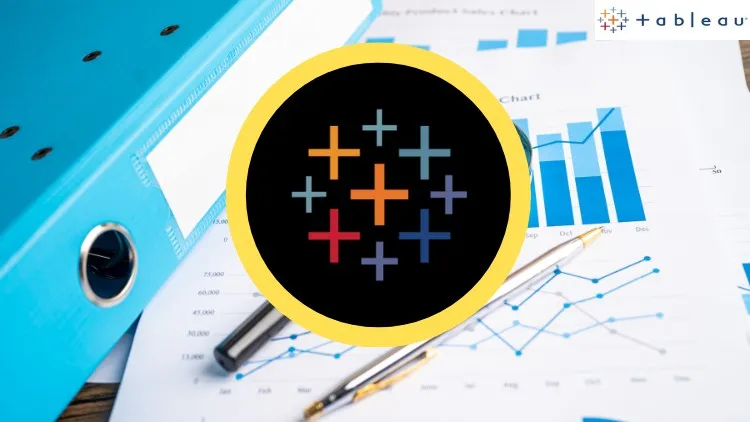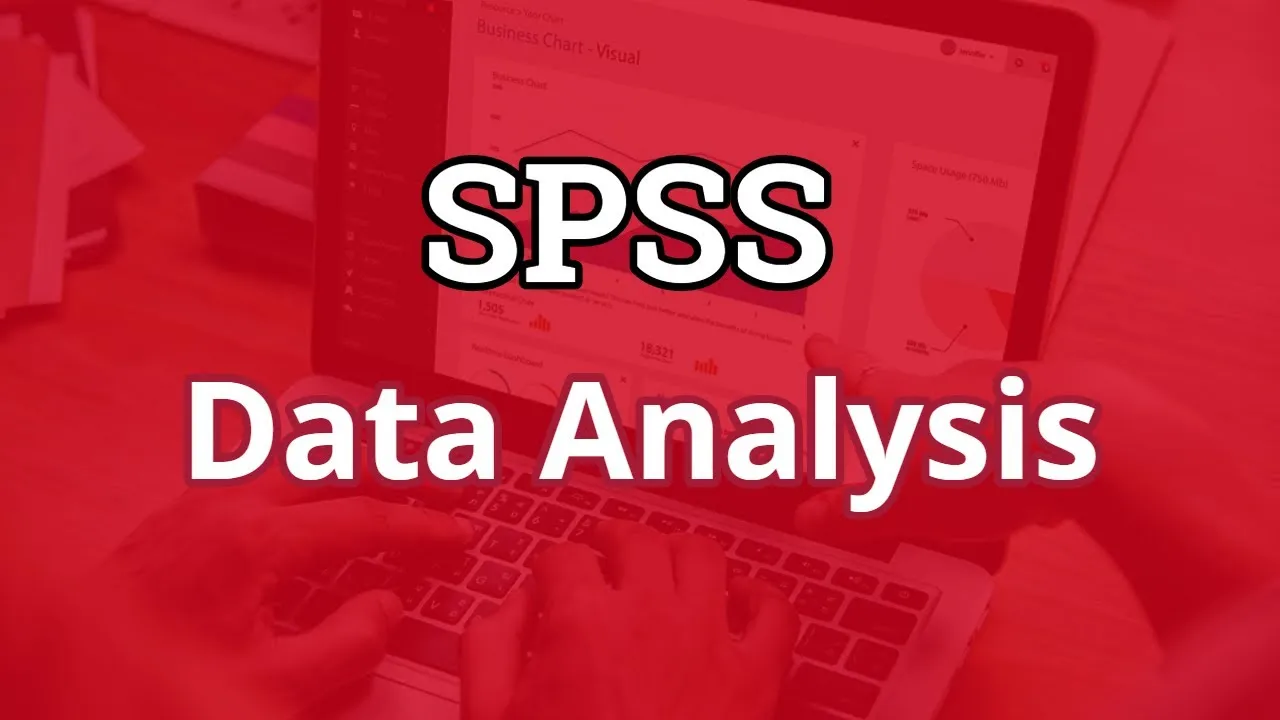Data Analysis with SQL Querying Training Course is popular because large SQL databases are now widely used by businesses to store information on their clients, merchandise, and transactions. To mine or extract important data from the database for business decision-making, a business intelligence tool like Power BI, Tableau, or Crystal Reports is utilized.
Course Objectives
- Establish a connection to the SQL Server database and run a quick query.
- Put a search condition in a straightforward query.
- Use a variety of functions to compute data.
- Arrange the information retrieved from a query before it is shown on the screen.
- Obtain information from several tables.
- This SQL for data analysis course will make it clear to you that a data analyst cannot query relational databases unless they possess a solid understanding of SQL.
- You will get an understanding of how to create popular SQL commands such as select, from, and where by taking this tutorial on SQL for data analysis.
- You will learn how to apply logical operators in SQL throughout this tutorial on SQL for data analysis.
- With our SQL training for data analysis, you may extract substantial
Course Outline
Executing a Simple Query
Connect to the SQL Database using SQL Server Management Studio
Query a Database using the SELECT Statement
Save a Query Script to a File
Modify and Execute a Saved Query
Performing a Conditional Search
Use the WHERE Clause to Search and Filter Data using One or More Conditions
Use the WHERE Clause to Search for a Range of Values with BETWEEN and IN Clauses
How to Handle NULL Values in Data
Search Text Data Based on Patterns using the LIKE Operator
Working with Functions
Format and Manipulate Dates using Date Functions
Summarize Data using Aggregate Functions Like COUNT, SUM, AVG, MIN, MAX
Use Functions to Manipulate String Values
Organizing Data
Sort Data using the ORDER BY Clause
Group Data with the GROUP BY Clause
Filter Grouped Data using the HAVING Clause
Retrieving Data from Multiple Tables
Query Data from Multiple Tables using the JOIN Clause
Organizing Data
Rank Data with the RANK and DENSE_RANK Clauses
Summarize Grouped Data using ROLLUP and CUBE Clauses
Use PIVOT and UNPIVOT Operators
Retrieving Data from Multiple Tables
Combine the Results of Two Queries with the UNION Statement
Compare the Results of Two Queries with the INTERSECT and EXCEPT Statements
Exporting Query Results
Save the Query Results
Exporting an XML File
Audience
This course is designed for those who are familiar with terminology and database structure, have a basic understanding of computers, and wish to learn the fundamentals of searching SQL databases using the SELECT command.
Prerequisites
It helps to have some knowledge of database structure and terminology.
Overview
SQL is a technology that will make it easy for you to access the vast bulk of data that is kept in databases throughout the world.
An overview of the SQL commands that may be used to access that data with the appropriate permissions is given in the Data Analysis with SQL Querying Training Course. To choose the data they want for further research and reporting, analysts might utilize SQL.
This course will teach you how to extract and analyze data from databases using Structured Query Language (SQL).
Initially, you will learn how to extract data, create joins across tables, and execute aggregations. Next, you’ll discover how to use subqueries, temp tables, and window functions to do increasingly intricate analysis and manipulations. You will be able to create effective SQL queries at the conclusion of the course, which will enable you to effectively complete a range of data analysis jobs.
The term “SQL for data analysis” describes the usage of relational databases and the database querying language’s concurrent interaction with many databases. Because it combines a surprisingly easy learning curve with a deep complexity that enables users to construct sophisticated tools and dashboards for data analytics, SQL is one of the most widely used and versatile languages.
SQL has been developed into a number of proprietary tools, each with its own specialty and specialized market, including the well-known MySQL, Microsoft Access, and PostgreSQL, to enable rapid creation and interaction with databases.
SQL is still widely used because it is a simple language that can conduct surprisingly complicated data analysis, but it is also popular because it is fast to construct and interface with databases. The core logic of the language and the way it works with data sets are quite similar to those of Excel and even the widely used pandas module in Python.





